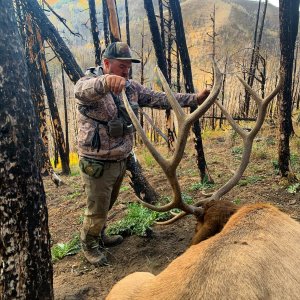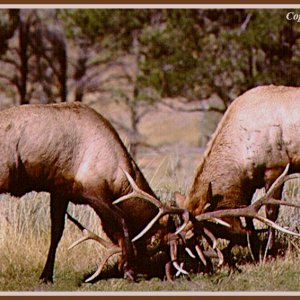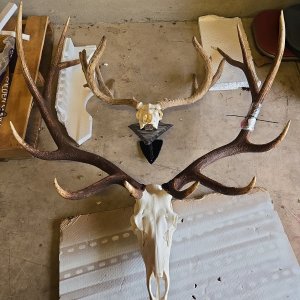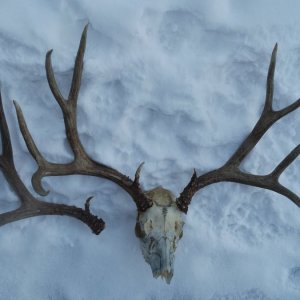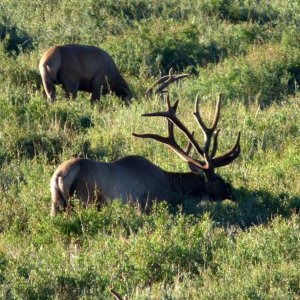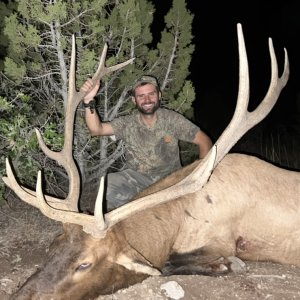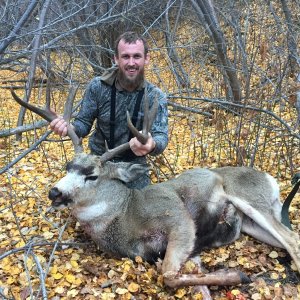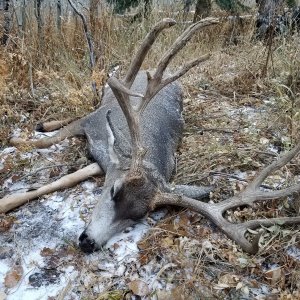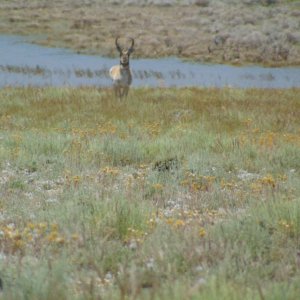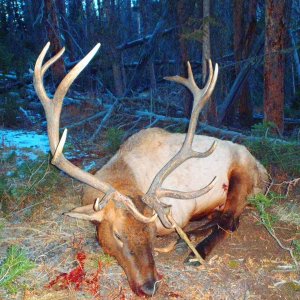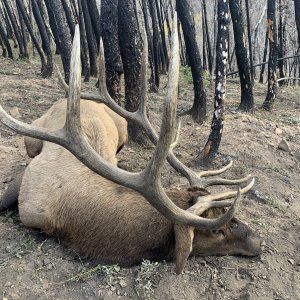2lumpy
Long Time Member
- Messages
- 8,161
Just returned from my annual bull elk count. I’ve been driving the exact same route for over 25 years. I keep the route the same every year, the week prior to the 4th of July. I started doing it back in the 1990s….. when I counted 104 bulls (most were branch antlered or larger. I began going just because it was fun to see so many mature elk on a single trip around the Big Lake/Deep Lake area, above my home.
For the first 6 or 7 years, the count was high every year, from a high of 104 and varied with lows in the high 80s. As time pasted the number began declining and eventually came down to where it running in the high 30s to the mid 50s. About 10 years ago it began dropping again and three years ago there were about 25. Two years ago there were only 5, last year it jumped back to 22. I was hoping things might be turning around again but alas, it was not to be this year.
I was at the cattle guard above Big Lake this morning and had to wait 10 minutes for enough light to proceed on the route. There were no elk of any kind in the Big Lake basin, none at Christensen Springs, none in Porter’s Pasture, none in Water Flat, none in Long Valley, none in Henries Hollow, none at Annebelle Reservoir and finally, none at Deep Lake. No bulls, no cows/calves and no yearlings.
3 buck deer and 21 does.
Kinda left me feeling a little melancholy.
Forage is at least great or maybe the best I ever seen…. across the entire north end of the mountain. Water standing in ever pot hole and in every hollow.
Never encountered a single vehicle the entire trip, it was 41 degrees and a bright blue sky this morning.
On ward and up ward gentlemen, and lady. Wishing everybody very happy 4th of July.
For the first 6 or 7 years, the count was high every year, from a high of 104 and varied with lows in the high 80s. As time pasted the number began declining and eventually came down to where it running in the high 30s to the mid 50s. About 10 years ago it began dropping again and three years ago there were about 25. Two years ago there were only 5, last year it jumped back to 22. I was hoping things might be turning around again but alas, it was not to be this year.
I was at the cattle guard above Big Lake this morning and had to wait 10 minutes for enough light to proceed on the route. There were no elk of any kind in the Big Lake basin, none at Christensen Springs, none in Porter’s Pasture, none in Water Flat, none in Long Valley, none in Henries Hollow, none at Annebelle Reservoir and finally, none at Deep Lake. No bulls, no cows/calves and no yearlings.
3 buck deer and 21 does.
Kinda left me feeling a little melancholy.
Forage is at least great or maybe the best I ever seen…. across the entire north end of the mountain. Water standing in ever pot hole and in every hollow.
Never encountered a single vehicle the entire trip, it was 41 degrees and a bright blue sky this morning.
On ward and up ward gentlemen, and lady. Wishing everybody very happy 4th of July.
Last edited:


